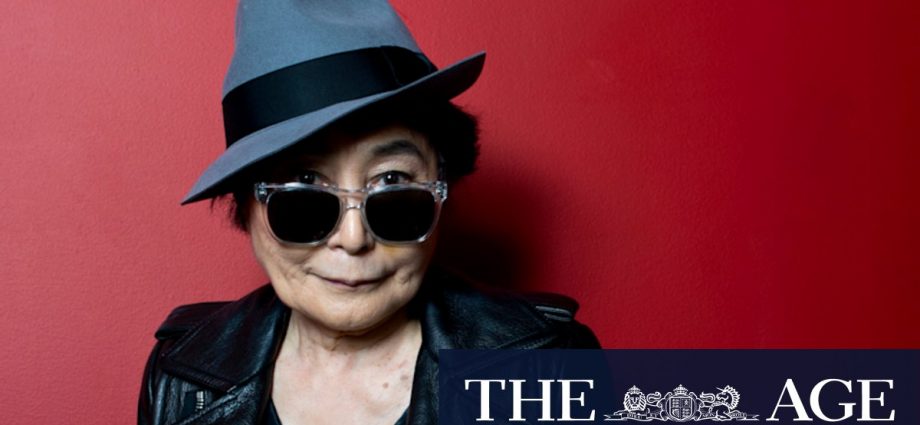
BIOGRAPHY
Yoko
David Sheff
Simon & Schuster, $49.99
In September 1980 David Sheff spent three weeks in New York interviewing John Lennon and Yoko Ono for Playboy magazine. “This will mean more than you can comprehend now,” Yoko told Sheff, then a rookie journalist. It was a prescient prediction. That December, the former Beatle was shot dead outside his Manhattan apartment. The interview was published in January 1981.
“I [helped] Yoko as she struggled to survive…[and] in the years that followed, we became good friends,” Sheff writes in his biography Yoko, which is dedicated to Yoko’s two children, Sean Lennon and Kyoko Ono – both of whom granted the American author hours of interviews. It also quotes from several interviews Sheff has previously conducted with Yoko about her work and life.
Yoko Ono was born on February 18, 1933, in Tokyo. Her mother’s family – The Yasudas – were among Japan’s four most powerful and wealthy dynasties. Ono’s father was a bank executive, and his work took the family to the US, but they returned to Japan in 1941. The Second World War had a profound and lasting impact on Ono’s psyche – at 12, she witnessed the firebombing of Tokyo from US Armed Forces. There were other childhood traumas, too, including sexual abuse from a family doctor.
Ono returned to the US in the early 1950s, eventually befriending figures such as John Cage, La Monte Young and Jonas Mekas. Some of those experimental musicians took part in Yoko’s first major solo concert, at Carnegie Recital Hall, New York, in November 1961. In her fiery performance she presented a unique vocal style, which drew on traditional Japanese Kabuki and Noh. The concert also featured two men tied together, moving across the stage in silence, while another performer lurked all night long in the bathroom. “I wanted people to have this experience of fear,” was how Ono later explained it.

John Lennon and Yoko Ono in 1978.Credit: Alamy Stock Photo
It’s a fitting summary of Ono’s unorthodox approach to making conceptual art. Cut Piece (1964), for instance, invited members of the audience on stage to cut away pieces of her clothing, leaving her naked and exposed. The vulnerability of the provocative performance mirrored how she felt in her personal life at the time.
She was 31, had attempted suicide several times, been institutionalised in a psychiatric hospital, been divorced, then remarried, and gave birth to her daughter, Kyoko, from whom she later became estranged.
There were, however, glimpses of optimism. Ceiling Painting/Yes Painting (1966) asked viewers to climb on a white ladder, where a magnifying glass displayed the word YES. The installation became a central feature of an exhibition Ono held in London. John Lennon, then still married to Cynthia Lennon, showed up the night before the gallery’s opening.




